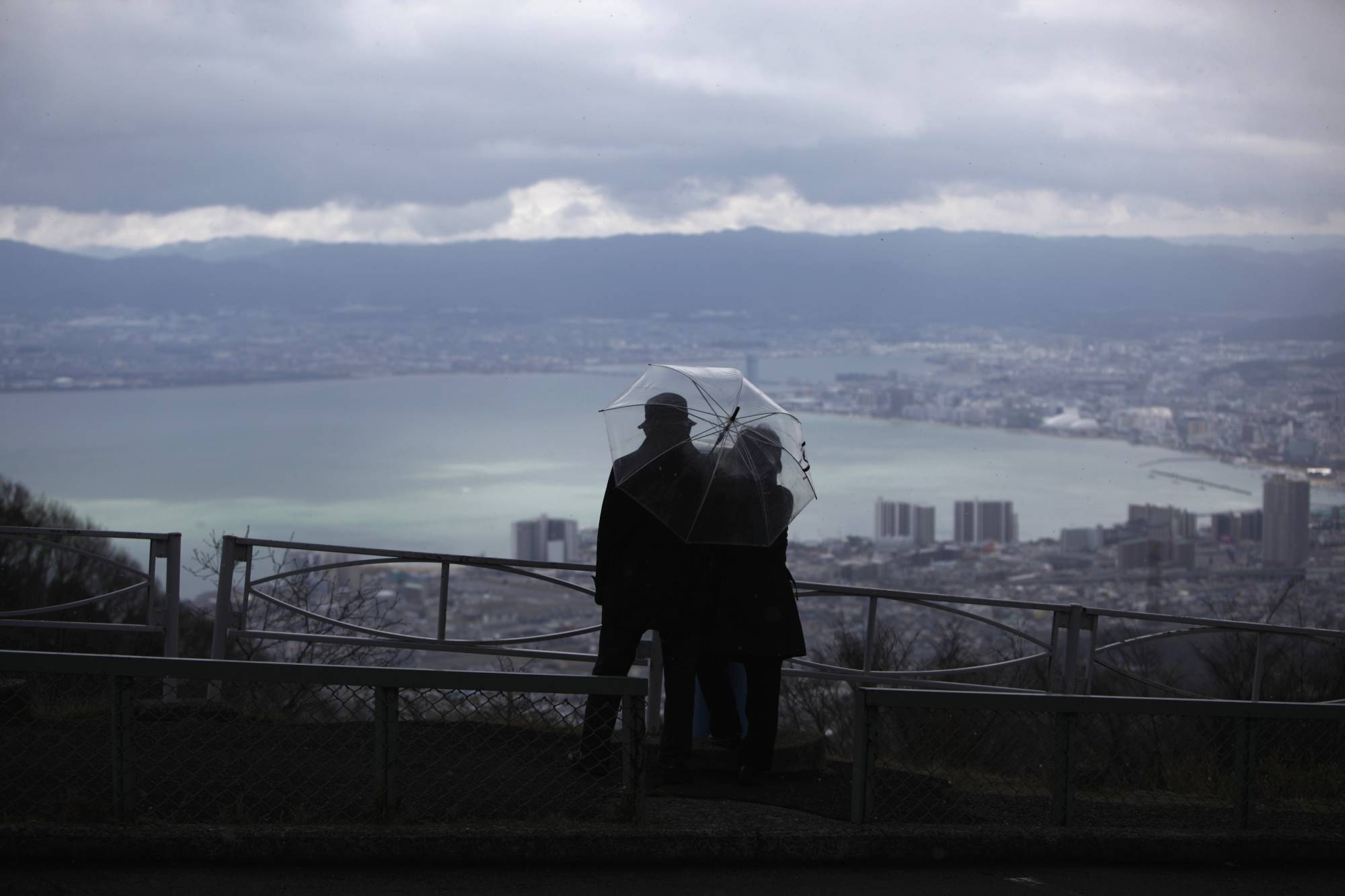One day in 2021, veteran diver Kazumi Fujimoto was exploring Lake Biwa in search of ruins. Japan’s largest lake, and the third oldest in the world, contains over 100 historic lakebed sites concealed in its watery depths. But when he arrived at the site, it was covered in garbage and no longer visible. It was lost to history, even for skilled divers.
Lake Biwa, located smack-dab in the center of both Shiga Prefecture and the entire country, has long been a center of flourishing agriculture and cultural progress. The 670 square-kilometer lake is rich with endemic species, was a key source of civilization and farmland in Japan’s early Yayoi Period (200 B.C. to A.D. 250), and provides water supply for almost 15 million residents of the Kyoto-Osaka-Kobe megalopolis.
The lake has also been at the center of countless environmental crises.


















With your current subscription plan you can comment on stories. However, before writing your first comment, please create a display name in the Profile section of your subscriber account page.